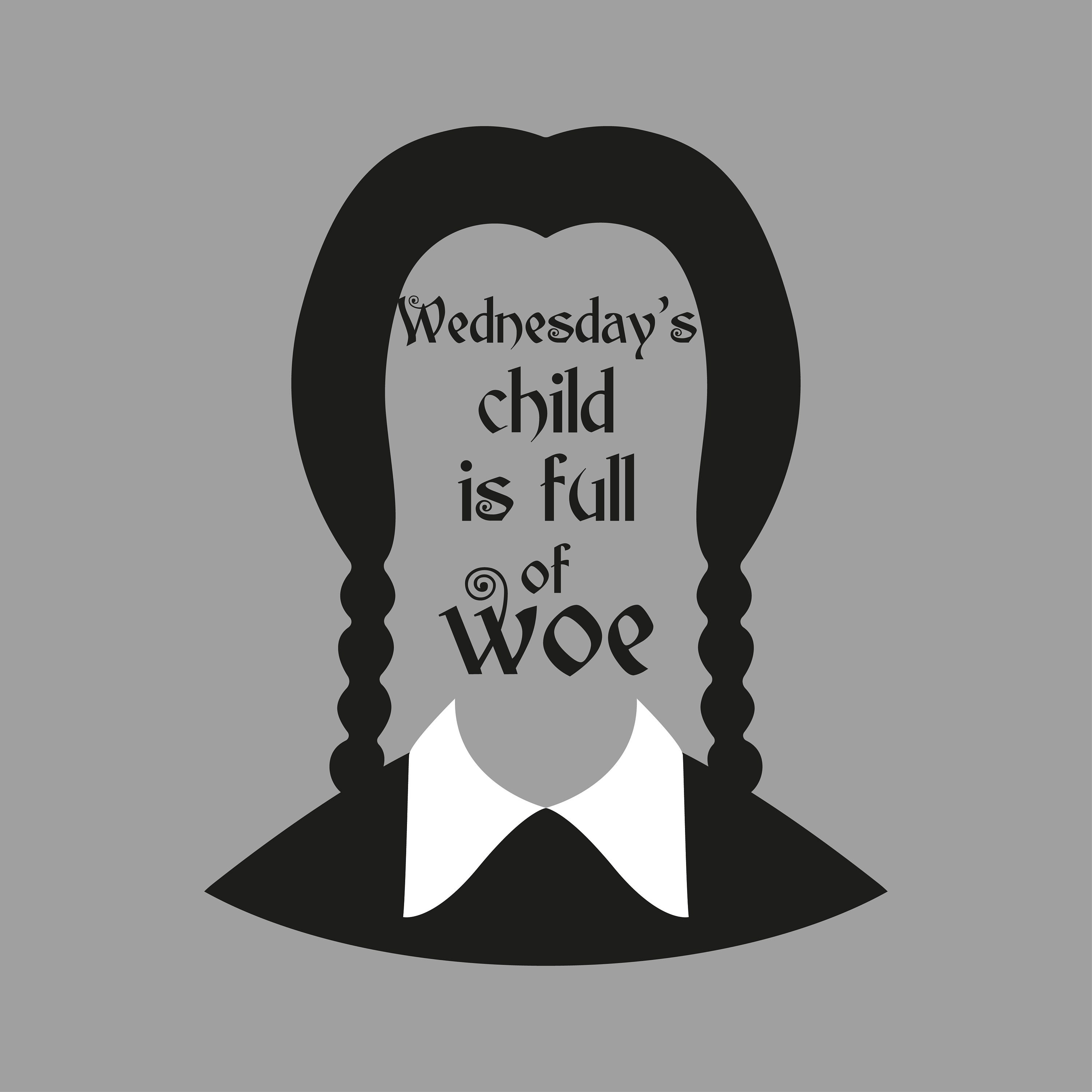 Here we go again.
Here we go again.
Credit Suisse shares fell 21% this morning after its Saudi backers ruled out more investment. The embattled Swiss bank revealed ‘material weaknesses’ in its reporting on Tuesday. The Saudi lender became the largest shareholder in Credit Suisse after it replaced Harris Associates earlier in March. But acquiring any additional stake in the company is not an option for them, Chairman Al Khudairy said.
In a further sign of turmoil, the cost of insuring bonds of Credit Suisse against a default in the near term has surged. The five-year Credit Default Swaps (CDS) on Credit Suisse debt extended to 533 basis points from 549 basis points at last close, per Reuters. CDS are financial contracts that allow investors to protect themselves against the risk of a borrower defaulting on its debt.
The cost of insuring bonds of Credit Suisse against a default in the near term has surged, meaning that investors see an increased risk of Credit Suisse defaulting on its debt, which means it’s expensive to keep your money there – which means withdrawals surge and default becomes even more likely. This is what happened in 2008!
The recent collapse of SVB and other financial institutions has shifted the focus of investors and the Fed from fighting Inflation to Financial Instability. The Fed will weigh the risks to Financial Stability along with Inflation in its policy meeting next week.
The upheaval in the market has investors reassessing their portfolios and awaiting signals on how it will affect the Fed’s long-term plans. The KBW Bank Index (KBWR for Regional) has fallen 19% in the past week, even after yesterday’s BS rally. The VIX also reached its highest levels since October on Monday. Investors pointed to worries that the credit scare could discourage regional banks from lending to individuals and businesses, which could itself cause an economic contraction.
Most of us who are more than 30 years old remember how things fell apart in 2008. It didn’t happen all at once or overnight and we were reassured, on multiple occasions, that “all would be well“, when it most assuredly was not.
It’s been over a decade since the banking system crashed and burned in 2008, but the scars of that financial crisis still linger in the memories of those who lived through it. We were reassured time and time again that the economy was strong and the banks were sound, but as we soon discovered, those assurances were about as trustworthy as a subprime mortgage.

It all started with the housing bubble, as banks and mortgage lenders bet big on the idea that housing prices would keep rising indefinitely. When that bubble finally burst, it set off a chain reaction that would bring the entire financial system to its knees. Lehman Brothers, once considered a pillar of the banking world, collapsed in September 2008, and the shockwaves were felt around the globe.
BUT THAT WAS JUST THE BEGINNING… As the crisis deepened, we learned of shady deals and risky investments that had been hidden from public view, all in the pursuit of short-term profits. The so-called “too big to fail” banks had made bets that were so massive and so interconnected that the failure of one could bring down the entire system. And yet, when the time came for them to pay the piper, they were bailed out by the taxpayers, with no real consequences for their reckless behavior.
 It’s easy to blame the Banks, but they were only doing what the system incentivized them to do: Pursue profit at all costs – no matter how much risk it entailed. As long as we continue to prioritize the interests of the wealthy few over the needs of the many, we’ll keep seeing these boom-and-bust cycles play out again and again. The question is, will we ever learn from our mistakes or will we keep blindly putting our trust in the same institutions that have betrayed us time and time again?
It’s easy to blame the Banks, but they were only doing what the system incentivized them to do: Pursue profit at all costs – no matter how much risk it entailed. As long as we continue to prioritize the interests of the wealthy few over the needs of the many, we’ll keep seeing these boom-and-bust cycles play out again and again. The question is, will we ever learn from our mistakes or will we keep blindly putting our trust in the same institutions that have betrayed us time and time again?
I don’t think conditions are as bad as they were in 2008 but there is a HUGE issue (as we discussed last week) of banks that have not taken mark-to-market writedowns which, in layman’s terms, means the earnings they just reported were fake, Fake, FAKE!!! and THAT is EXACTLY what went wrong the last time.
Until we resolve these issues, any recovery we seem to have is going to be built on a very shaky foundation.
“No visible means of support
And you have not seen nothin’ yet
Everything’s stuck together
And I don’t know what you expect
Hold tight
We’re in for nasty weather
There has got to be a way
Burning down the House” – Talking Heads







